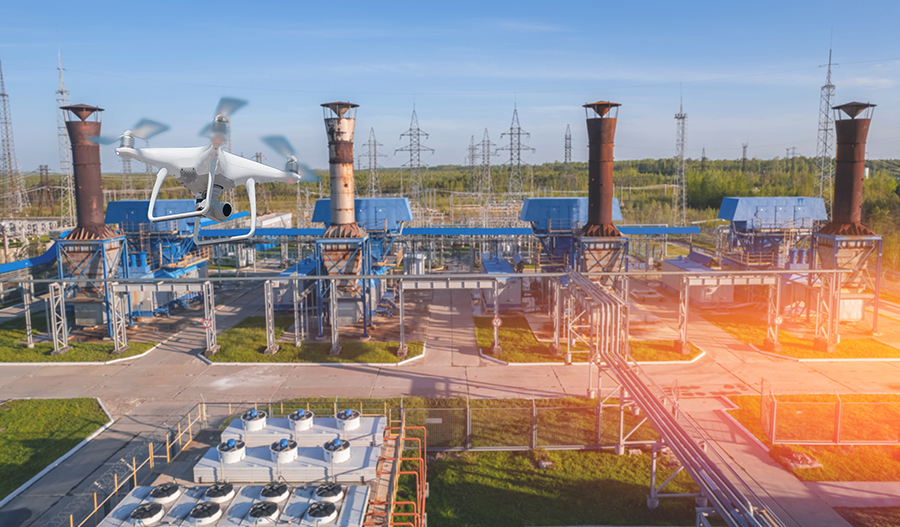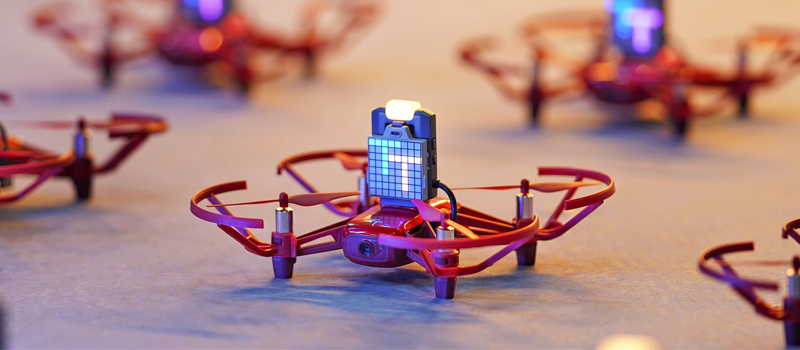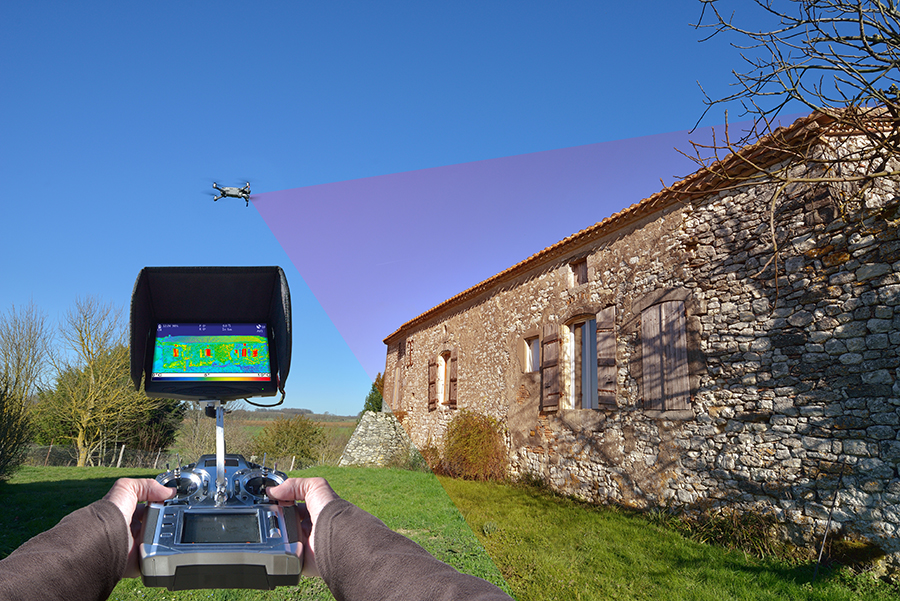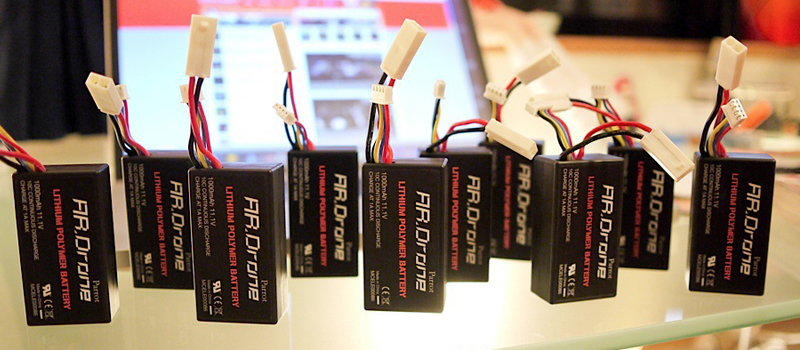With the world becoming more populated and industrialized, the pressure on the energy sector to grow continues to be higher. Aside from capacity growth, such pressure also demands more efficient and faster processes. For some companies, up-and-coming technologies such as drones already play a huge part in these efforts.
The mobility, versatility, and ease of deployment of drones allow oil and gas companies to approach processes involving high levels of risk and large infrastructures with a new perspective. What roles do drones play in the oil and gas industry? Is this use case something that will help advance drone technology?
Asset Inspection
The most common application of drones in the oil and gas industry is in the realm of asset inspection. Oil and gas assets are typically at a scale that makes them difficult to inspect by other means. Manual inspection of storage tanks, refinery facilities, drilling operations, and transport pipelines can be very time-consuming and labor-intensive.
With drones, asset inspection can be done faster and more efficiently. This frees up the company’s resources for other uses and allows for tighter maintenance and inspection schedules.
Inspection with drones is not just faster – it could also be more accurate. Drones can be equipped with high-definition cameras, thermal cameras, and even LiDAR sensors that can allow for the inspection and recording of different types of data. For instance, thermal scanning can be useful for detecting gas leaks or damaged insulation.
Drone-based asset inspection also means that a person does not need to be exposed to hazards unnecessarily. Drones can reach high places and hard-to-reach areas with zero risk to personnel. For this reason, any oil and gas company with a good safety culture must integrate drones into its workflow.
Digital Twins
In the case of drones with LiDAR or photogrammetry capabilities, these are used to create digital twins. Essentially, 3D models of real-world assets and digital twins are valuable for making closer inspections of facilities or taking repeated volume or length measurements.
Aside from providing a proxy for asset inspection, digital twins can also be useful for the planning of large-scale infrastructure projects. Does a pipe have a damaged section that needs to be replaced? The length and diameter of the pipe can be accurately measured on a digital twin without having to send a team to the field to take the measurements.
Another advantage of a digital twin is that it can be stored perpetually and analyzed again if needed. Does it seem like one part of the facility is slowly deteriorating? Then it’s a simple matter of looking at previously generated 3D models to check for signs of damage over time. Monitoring very slow and barely imperceptible changes has been an established use case for digital twins in many infrastructures.
Remote Monitoring
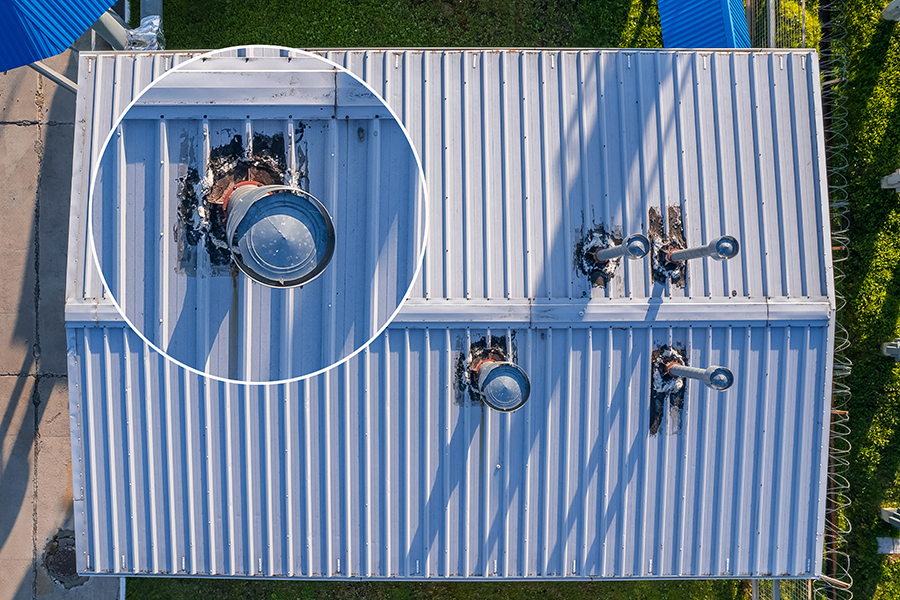
Over the course of normal oil and gas operations, drones can provide an “eye in the sky” for monitoring or surveillance. This can be for any number of objectives – monitoring the status of a project, as a security tool, or helping maintain the safety of the operations.
The aerial perspective of a drone gives it a huge advantage as a surveillance tool. They can be programmed to make regular patrol routes, akin to an actual human security team. Drones can cover more ground quickly and multiple drones can be monitored remotely by a single person. This frees up the manpower requirement without compromising the level of safety and security for a facility.
Leak Detection
One of the major hazards of the oil and gas industry is the leak of hazardous gases. In some cases, these gases can be imperceptible to the human nose and can only be detected using industry-grade detectors. The problem with this approach is that it may still require the exposure of personnel to hazardous gases before gas leaks can be detected.
The use of drones for gas detection is now becoming more popular in the oil and gas industry. Specialized sensors can be mounted on drones that are then flown into areas with suspected or potential gas leaks. This can also be complemented by drones with thermal imaging or laser sensors that can detect compromised material to help trace the source of any gas leak.
In 2022, the U.S. Environmental Protection Agency approved the use of the SnifferDrone from Sniffer Robotics. This is a drone specially designed to detect and measure the concentration of methane emissions in landfill areas. The SnifferDrone uses the same fundamental principle as drones that can be used to maintain the safety of oil and gas facilities.
Payload Delivery
Some drones are designed specifically to have high lifting weights. These specialized drones can carry more than 10 kilograms of payload at a time, making them uniquely useful for the delivery of supplies to remote areas.
In the oil and gas industry, drones provide an intriguing option for the transportation of supplies and materials across land-based and offshore facilities. Even with more expensive, specialized drones, being able to transport materials by air is a lot faster and more practical than having to deploy marine vessels.
Drone payload technology is still very limited, but it has plenty of commercial applications. Large retail companies like Amazon and Target are very much invested in making drone-based delivery a reality. When such technology matures, large industries like the oil and gas sector also stand to benefit.
Emergency Response
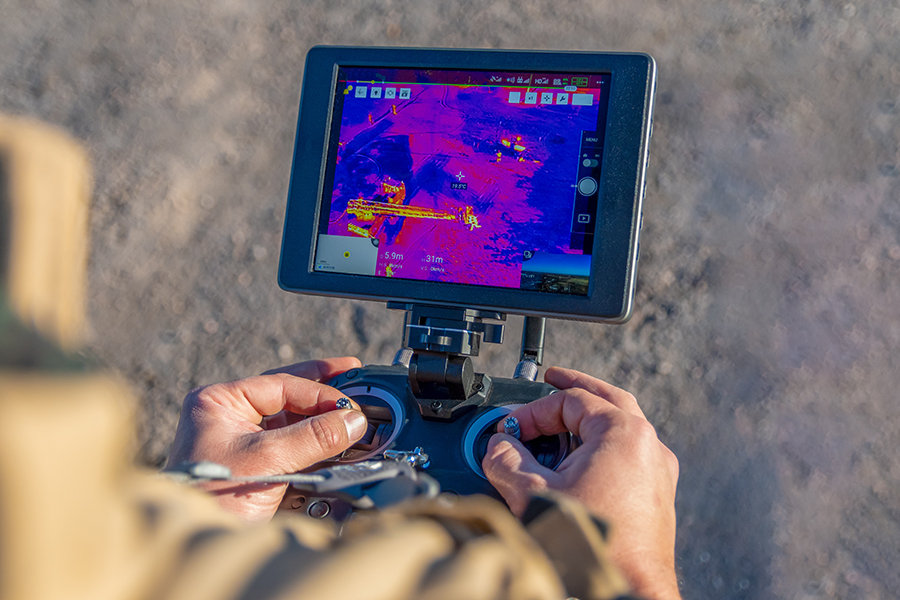
The use of drones for emergency response is not exclusive to the oil and gas industry. Drones have proven to be valuable tools for public safety, and their uses have ranged from rapid scene documentation to tactical intelligence.
The oil and gas industry, despite best practices, is no stranger to disasters or emergencies. When such an event happens, drones can be deployed quickly on the scene to assess the situation and the type of response appropriate. This is particularly valuable for remote locations where access to emergency teams may be difficult.
In some cases, drones can be used to deliver essential equipment or medical supplies in an emergency. Even with payload limitations, drones can still transport emergency supplies faster than personnel on the ground. They are also much faster to deploy than helicopters, providing emergency response teams with valuable reconnaissance in the shortest time possible.
Final Thoughts
As part of the energy sector, the oil and gas industry plays a huge role in the progress of the modern world. As such, it is also an industry that has to evolve along with newly developed technologies.
Drones provide numerous advantages that make oil and gas operations more efficient, safer, and perhaps even cheaper in the long run. Being able to do more frequent asset inspections is already a very valuable benefit that reduces maintenance and equipment downtime costs. As drone technology continues to get better, oil and gas companies are well-positioned to help dictate how the technology evolves.
